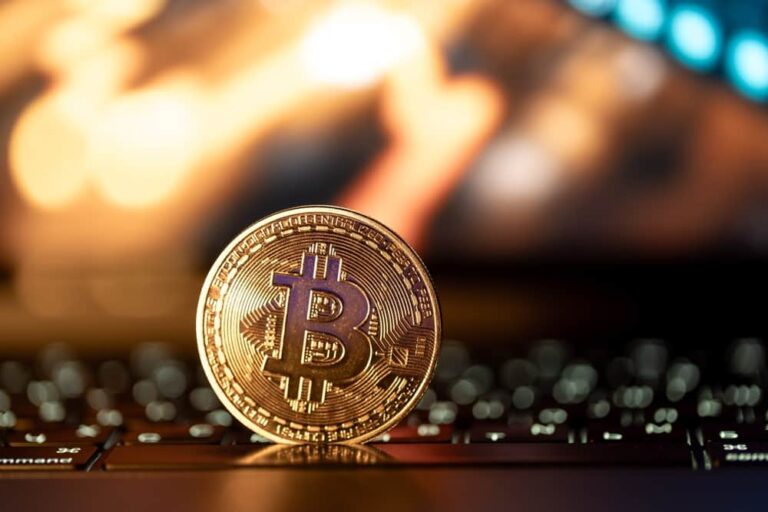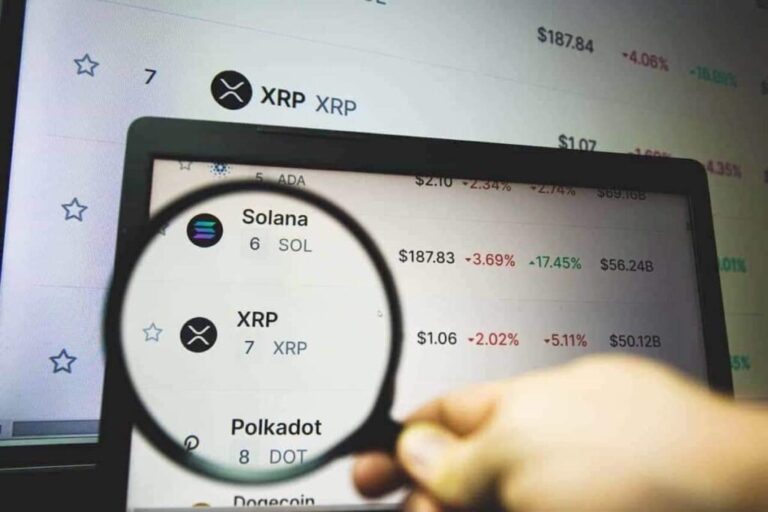Synopsis
Bitcoin’s future price is a hot topic. Mudrex CEO Edul Patel sees a bullish long-term outlook. Global monetary supply and potential rate cuts favor Bitcoin. Bitcoin’s volatility is declining. Institutional investment is growing via ETFs. Geopolitical risks remain a concern. Patel advises a SIP approach and a 3-5% portfolio allocation. Disciplined investing is key for wealth creation.
With Bitcoin hovering in the global spotlight, speculation around its future price continues to dominate market conversations.
Can the world’s most popular cryptocurrency really touch $250,000 in the near future? According to Edul Patel, CEO of crypto investing platform Mudrex, the answer isn’t a simple yes or no—but there are strong arguments to believe in the long-term bullish case.
Monetary Trends Favor Risk Assets
In a panel discussion on Livestream, Patel explains that the current global macro setup is turning increasingly supportive of Bitcoin. “We are seeing continuous growth in global monetary supply, with M2 hitting an all-time high,” he notes. Historically, such a rise has led to gradual inflows into risk assets like Bitcoin, unless checked by high interest rates.
Crypto Tracker![]() TOP COIN SETSCrypto Blue Chip – 52.24% BuyDeFi Tracker0.21% BuyNFT & Metaverse Tracker-0.33% BuyAI Tracker-1.06% BuyWeb3 Tracker-3.14% BuyTOP COINS (₹) BNB55,172 (-0.4%)BuyBitcoin9,157,371 (-0.49%)BuyEthereum209,555 (-0.54%)BuySolana12,146 (-1.39%)BuyXRP179 (-4.03%)Buy
TOP COIN SETSCrypto Blue Chip – 52.24% BuyDeFi Tracker0.21% BuyNFT & Metaverse Tracker-0.33% BuyAI Tracker-1.06% BuyWeb3 Tracker-3.14% BuyTOP COINS (₹) BNB55,172 (-0.4%)BuyBitcoin9,157,371 (-0.49%)BuyEthereum209,555 (-0.54%)BuySolana12,146 (-1.39%)BuyXRP179 (-4.03%)Buy
However, interest rates are now on a downward trajectory globally. “Polymarket (world’s largest prediction market) is already pricing in a 50–100 bps rate cut this year. Once the Fed joins the rate-cutting bandwagon, it could unlock further risk-on sentiment,” Patel explains.
Did you Know?
The world of cryptocurrencies is very dynamic. Prices can go up or down in a matter of seconds. Thus, having reliable answers to such questions is crucial for investors.
View Details »
Live Events
Bitcoin Becomes Less Volatile as Others Wobble
Interestingly, Bitcoin’s own volatility has declined, even as global macro volatility has increased. This contrast, Patel says, is turning Bitcoin into a relatively less risky asset in a riskier world. “If investors want to deploy capital today, Bitcoin offers a compelling risk-reward trade-off,” he adds.
Moreover, unlike previous cycles driven by retail hype and altcoin speculation, this cycle is institution-led. “Over $46 billion has already flowed into Bitcoin ETFs, taking their total AUM to $75 billion. If this continues, we could very well see another $150 billion flow in—not improbable at all,” Patel highlights.
Geopolitical Headwinds Still Pose a Threat
Despite the strong monetary backdrop, geopolitics remains a key overhang. Patel cautions that ongoing conflicts—whether in Ukraine, the Middle East, or other regions—are injecting uncertainty that pushes capital toward safer, non-risk assets. “Right now, it’s not the perfect setup for a massive Bitcoin rally. But if peace breaks out and oil prices drop, liquidity could return and boost crypto prices meaningfully,” he adds.
AI, Tokenization & the Future of Crypto
Commenting on emerging trends, Patel is optimistic about the intersection of AI and tokenization. “AI bots are making traders smarter, while tokenization is expanding access to financial assets. We’re seeing treasury bills, real estate, and even AI compute resources being tokenized,” he notes.
Still, these developments are not directly driving Bitcoin prices. “Tokenization benefits the broader crypto ecosystem, but Bitcoin continues to function in a separate lane—as digital gold or an alternative reserve currency,” he explains.
SIP Mindset & Asset Allocation: A Timeless Strategy
For investors looking to enter the space, Patel offers timeless advice: start small, invest regularly, and think long-term. “I literally do a daily SIP of $10 into Bitcoin. That’s the best way to build exposure without worrying about price swings,” he shares.
He recommends allocating 3–5% of one’s net wealth into crypto. “Wealth creation is about recurring, steady investments. There are no shortcuts—only discipline,” he emphasizes.
What Should Investors Do?
While $250,000 may seem like a bold number, Patel argues it’s not outlandish given the current monetary trends, institutional flows, and Bitcoin’s growing role as a safe haven. However, near-term headwinds like geopolitical instability remain a hurdle.
For investors, the takeaway is clear: focus on long-term participation, manage your exposure prudently, and avoid chasing speculative cycles. Whether Bitcoin hits $250K or not, the real value lies in disciplined investing.
Disclaimer: Recommendations, suggestions, views, and opinions given by experts are their own. These do not represent the views of the Economic Times



